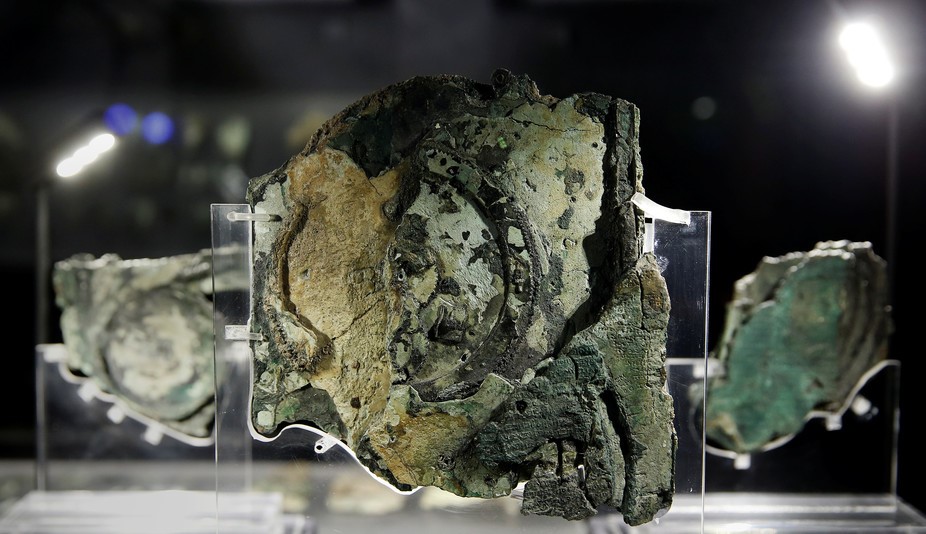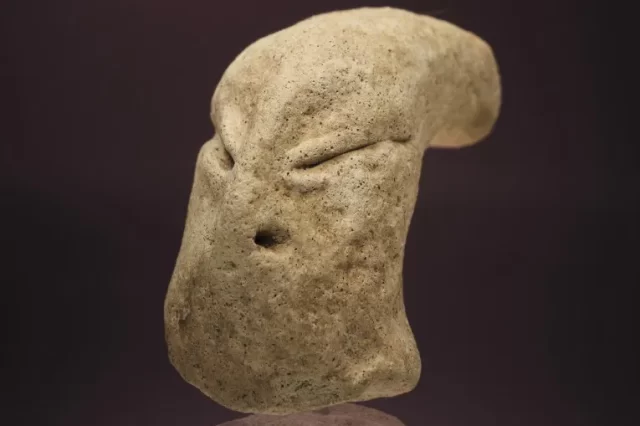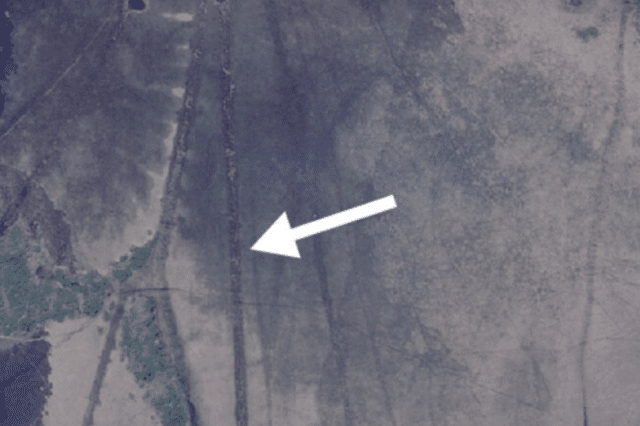Some of these artifacts allegedly point toward a missing link in history books.
Earth’s history, as well as human history on our planet, stretches back further than we ever imagined. It’s not surprising that mainstream scholars are still uncertain about when humans first appeared on Earth. Evidence of human occupation on the planet dates back millions of years. Most of this ‘history’ remains hidden deep beneath the surface, buried like a puzzle masterpiece waiting to be uncovered and assembled. In this article, we explore five extremely ancient artifacts discovered by experts, suggesting that history, as we know it, is filled with gaps.
The Antikythera Mechanism
This ancient computer dates back 2,200 years. The device is believed to have been used in ancient times as an analog computer, allowing astronomers to predict cosmic positions. It was recovered by divers off the coast of Greece in 1901. Numerous tests have been performed on the ancient computer, including X-rays, which have shown that the Antikythera Mechanism is a sophisticated system of interlocking gears. It was so advanced that a similar device approaching its complexity and artistry would not appear anywhere on the planet until the 14th century.
The Nampa Figurine
Found during a well-drilling operation in Nampa, Idaho, in 1889, the Nampa figurine is a small statuette believed to be 1.2 million years old. The miniature figurine represents a human female. It is made of clay and quartz and was found 300 feet beneath the surface in a very deteriorated condition. The existence of the figurine raised several controversies. According to accepted mainstream historical timeframes, human origins can be traced back some 200,000 years. However, sediments discovered around the Nampa figurine are more than six times older.
A Giant 200-Million-Year-Old Footprint
It’s huge. It’s old. It’s striking. A massive footprint located in South Africa, near the town of Mpaluzi, close to the border with Swaziland, defies explanation. A large granite block has a massive footprint embedded on its surface. Geologists believe that the granite block dates back some 200 million years. Over a hundred years ago, this fascinating footprint was discovered when a hunter named Stoffel Coetzee stumbled across it in 1912 while hunting in the area. The footprint left behind on ‘rough granite’ measures a staggering 4 feet in length.
The 290 Million-Year-Old Footprint
One of the most controversial artifacts ever discovered on Earth, this humanoid footprint was found in New Mexico. It was embedded in strata dating back to the Permian period, circa 290 million years ago. In addition to the human footprint, researchers discovered tracks of wild animals and birds.
Umm, a 300-Million-Year-Old Screw?
According to reports from Chinese news agencies, a mysterious object discovered in 2002 could be evidence of prehistoric civilizations.
Tests have failed to reveal the exact composition of the mysterious rock. Researchers, including geologists and physicists from the National Land Resources Bureau of Gansu Province, Colored Metal Survey Bureau of Gansu Province, the Institute of Geology and Minerals Research of China Academy, Lanzhou Branch, and the School of Resources and Environment of Lanzhou College, are uncertain about the artifact’s origin and note that, at this time, all theories are possible. According to Lanzhou Morning News, after discussing the possibility of being human-made and the potential reasons for its formation, scientists unanimously labeled the stone as one of the most valuable in China and the world for collections, researchers, and archaeological studies.
As Graham Hancock would say things only keep getting older, here we have an artifact that supposedly dates back a staggering 400 million years.
The London Hammer
Referred to as the ‘London Hammer,’ this alleged artifact is one of the most ancient ‘man-made’ objects discovered to date. The artifact was found in London, Texas, and was embedded in a rock formation that dates back nearly half a billion years. Who on Earth could have crafted a modern-looking hammer more than 400 million years ago? Those who have analyzed the artifact argue that the wood in the handle is already carbonizing into coal, which offers another clue about the item’s extremely advanced age.
Klerksdorp Spheres
These enigmatic objects are believed to be even older than the London Hammer and are thought to have been crafted around 570 million years ago. Some authors have proposed that the ‘spheres’ contain a metallic alloy on their surface, which is harder than steel, protecting the spheres from damage. Curiously, some of the spheres appear to have ‘precise grooves’ on their surface that some authors have identified as having been made with advanced tools. According to mainstream scholars, 570 million years ago, the only life on Earth was single-cell organisms.
The above artifacts raise numerous questions, making us wonder how much of our planet’s history we really know. What if there genuinely are missing links in our history? And what if history, as we know it, is incomplete and filled with gaps that mainstream scholars have tried to cover up? It is either that or the above artifacts are not what they seem. What if Graham Hancock’s controversial (albeit mind-boggling) 2022 Netflix Docuseries “The Ancient Apocalypse” really strikes fear into mainstream archaeologists’ bones?
PLEASE READ: Have something to add? Visit Curiosmos on Facebook. Join the discussion in our mobile Telegram group. Also, follow us on Google News. Interesting in history, mysteries, and more? Visit Ancient Library’s Telegram group and become part of an exclusive group.





